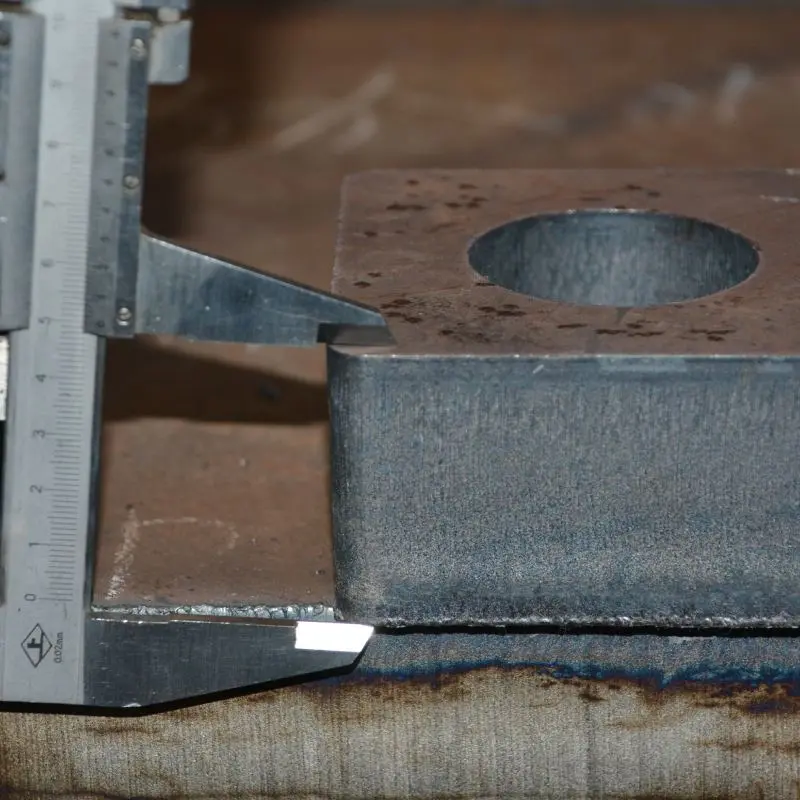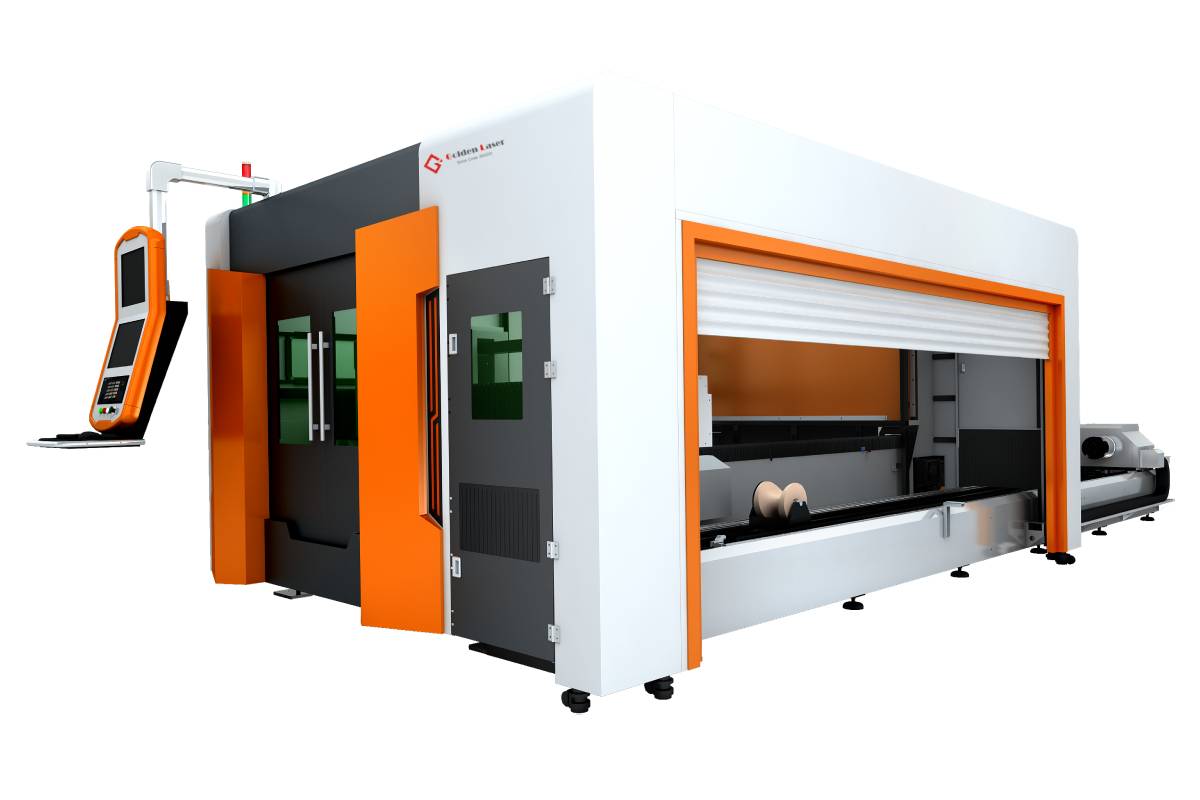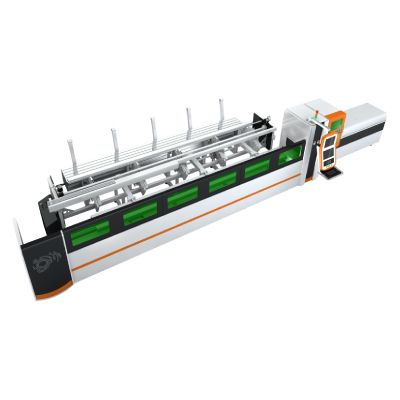In the advanced realm of manufacturing, the advent of laser technology has revolutionized the way metal cutting is approached. Among the various laser technologies available, 3000 watt fiber laser metal cutting has emerged as a popular choice for industries aiming to enhance efficiency, precision, and overall production quality. This article delves into the numerous benefits and diverse applications of this cutting-edge technology, highlighting why it has become indispensable in modern manufacturing processes.
Fiber laser technology utilizes a solid-state laser system that generates light through a fiber optic cable, as opposed to traditional gas lasers. The 3000 watt fiber laser is specifically engineered to provide high power output, enabling it to cut through various types of metals with remarkable speed and precision. One of the most significant advantages of fiber laser metal cutting is its high cutting speed, which allows manufacturers to complete projects quicker than ever before. This efficiency not only accelerates production times but also reduces labor costs, turning out higher productivity levels.
Moreover, fiber lasers offer exceptionally clean cuts with minimal heat-affected zones. The concentrated beam offers precision cutting that reduces the need for secondary operations, such as sanding or grinding, resulting in cost savings and higher-quality finishes on the finished product. The narrow kerf width produced by a 3000 watt fiber laser also means that less material is wasted during the cutting process, making it an environmentally friendly option compared to other cutting methods, such as plasma or traditional CO2 lasers.

Exploring the Advantages and Applications of 3000 Watt Fiber Laser Metal Cutting Technology in Modern Manufacturing
The versatility of 3000 watt fiber lasers further enhances their appeal in various industries. They can efficiently cut through a wide range of metals, including mild steel, stainless steel, aluminum, and even more challenging materials like copper and brass. This adaptability allows manufacturers to utilize fiber laser technology in numerous applications ranging from automotive parts to intricate metal artwork. The ability to switch between diverse materials and thicknesses without the need for extensive equipment changes makes fiber laser cutting a valuable asset for job shops and on-demand manufacturing environments.
In addition to versatility, the 3000 watt fiber laser’s ability to handle thicker materials sets it apart from some competing technologies. While traditional CO2 lasers typically struggle with cutting thick metals effectively, fiber lasers can maintain their high performance even on plate metals that measure several millimeters in thickness. This capability is particularly beneficial for industries like construction and heavy machinery manufacturing, where thicker materials are frequent.
Another noteworthy advantage of fiber laser technology is its relatively low operating costs. Fiber lasers require less maintenance than traditional laser systems, which often rely on gas and mirror systems. Additionally, the energy efficiency of fiber lasers translates to lower electricity consumption, resulting in substantial cost savings over time. As businesses seek to maximize profit margins, investing in a 3000 watt fiber laser cutting system can yield impressive returns in operational efficiency and reduced overhead costs.

Exploring the Advantages and Applications of 3000 Watt Fiber Laser Metal Cutting Technology in Modern Manufacturing
The integration of advanced features such as automation and computer numerical control (CNC) further enhances the functionality of fiber laser metal cutting systems. These technologies allow for the precise programming of cutting paths and parameters, ensuring consistency and eliminating human error in high-volume production scenarios. Automation reduces cycle times and enhances overall safety in the workplace, making these systems an attractive choice for manufacturers striving to meet high demand with reduced risk.
However, even with all the significant benefits, a shift to fiber laser metal cutting does come with considerations. Companies must invest in training personnel to effectively handle and operate these advanced systems. Understanding the intricacies of laser cutting technology, including proper material handling and machine maintenance, is crucial for maximizing the potential of fiber laser cutting.

Exploring the Advantages and Applications of 3000 Watt Fiber Laser Metal Cutting Technology in Modern Manufacturing
In conclusion, the 3000 watt fiber laser metal cutting technology represents a significant leap forward in the manufacturing landscape. With unparalleled speed, precision, and versatility, it is transforming how manufacturers approach metal cutting, driving them toward increased efficiency and cost-effectiveness. As industries continue to adopt and integrate this game-changing technology, the futures of metalworking and manufacturing look bright, promising innovative solutions and expanded possibilities for countless applications. Exchange Plateform Fiber Laser Cutting Machine



